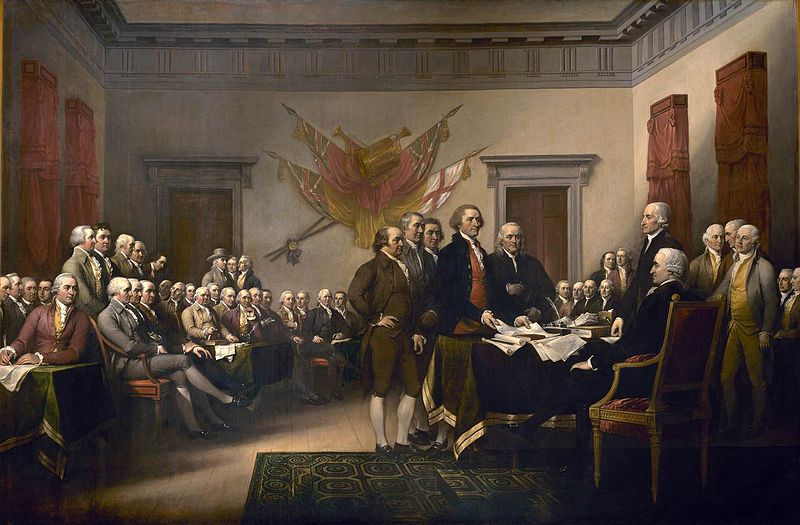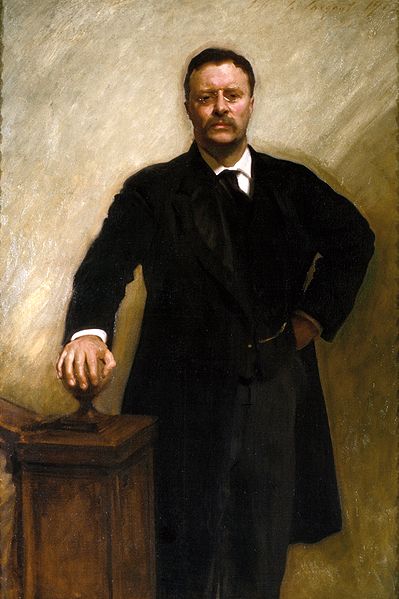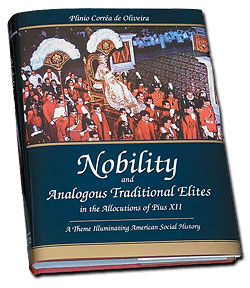Introduction (part 2)

The United States is universally considered the republic par excellence, whose very Declaration of Independence consecrated the principle that “all men are created equal.”
The United States is universally considered the republic par excellence, whose very Declaration of Independence consecrated the principle that “all men are created equal.” It is the nation of “self-made men,” where anyone can rise “from rags to riches”; the nation of individual liberties, where authority and hierarchy are viewed with suspicion; the New World where the Old-World elegance of aristocratic ceremony gives way to the unrestrained simplicity of democratic manners; the nation where pragmatism and “common sense” take precedence over aesthetic and spiritual considerations.
The enormous influx of immigrants, coming from virtually every cornier of the globe, further accentuated these characteristics and seemed to definitively bury any residual hope of forming local traditional elites.

"Cannot one also legitimately ask if there could have been an American aristocracy?"
The very words “American nobility” might seem incongruous.[1] However, since nobility and analogous elites appeared in the Latin American countries, countries born of egalitarian revolutions largely inspired by the French Revolution, cannot one also legitimately ask if there could have been an American aristocracy?[2] We speak of aristocracy, not nobility, because in the United States there was no titled nobility outside the colonial period.[3]
The question about the existence of elites in the United States is of fundamental importance for our day. A positive response to this inquiry would demand a profound and objective revision of not a few clichés about this great nation should the facts prove them obsolete. The United States would appear in a different light. The mirage of the “American way of life,” created especially by Hollywood, would fade in the light of evidence that thin the United States, as in all societies, an elite-forming process exists, perhaps even more marked in certain ways than in many Latin American societies.

We speak of aristocracy, not nobility, because in the United States there was no titled nobility outside the colonial period.
Such a finding would have an impact not only in the United States, but throughout the world. For no one will deny that the fascination with the Hollywood myth of the American way of life lies at the root of profound psychological, cultural, and social transformations in Europe, Latin America, and other parts of the world where the influence of American culture has made itself felt. Under the illusion that this myth opened the road to the future, countless people adapted their mentalities, ideas, and ways of being to it, often abandoning the traditions and customs of their own cultures. The deleterious effects of this veritable cultural revolution, under the aegis of the American liberal myth, should not be underestimated.
The present study intends to offer support for a more realistic view of the United States, thus correcting distortions that have steered so many countries in the wrong direction.

The mirage of the “American way of life,” created especially by Hollywood...
On the other hand, the problem of analogous elites in the United States has a special doctrinal interest. Such a study would indicate how elites were formed in the spontaneity of an entirely liberal society, through a type of social free enterprise.
We will not attempt to find in the United States a medieval military nobility, nor its descendants brought to American soil by misfortune or adventure. Rather, we will seek to establish the existence of elites analogous to the nobility in the United States and their important role in the political, economic, social, and cultural life of the country.
This seems a particularly opportune moment to raise the question of the existence of analogous elites in the United States, for important sectors of the American middle class have become a fertile ground for the germination of these elites since the end of World War II.
A key characteristic of American society is a desire, an impetus for self-improvement, which manifests itself in the immense majority of its people in a multitude of ways. This desire for the advancement of each individual, family, and class motivates them to seek all possible means of improving their knowledge, status, and wealth. From this it follows that the lower levels of the middle class are able to enjoy a standard of living that, a generation before, belonged to higher classes.

This desire for the advancement of each individual, family, and class motivates them to seek all possible means of improving their knowledge, status, and wealth.
Another characteristic that can be observed at other levels of the middle class, especially in the more intellectualized sectors, is a desire for a greater culture, due in part to the presence at American universities of European professors, who enhance the already-improving cultural level of these institutions. In addition, many Americans have traveled to Europe and other countries to pursue advanced studies and degrees in science, literature, history, and other fields.
This elevation of the intellectual level and standard of living in sectors of the middle class clashed with existing democratic and egalitarian habits. Egalitarianism exuded a certain vulgarity within this class. Intellectual improvements, however, rebuffed this vulgarity and elevated American culture. The triumph of culture over egalitarianism would turn these sectors of the middle class into an ever more fertile ground from which analogous elites could arise.
How, then, does one approach the issue of elites analogous to the nobility within the United States? The present study is written with the objective of contributing to an adequate response to this important question.
Plinio Corrêa de Oliveira, Nobility and Analogous Traditional Elites in the Allocutions of Pius XII: A Theme Illuminating American Social History (York, Penn.: The American Society for the Defense of Tradition, Family, and Property, 1993), Appendix I, pp. 142-144.
[1] Sociologists Kenneth Prewitt and Alan Stone comment: “The word elite grates on the ears of most Americans. Like racism or socialism, elite is too harsh and un-American a term to gain wide acceptance. It is to be expected that the term infrequently appears in political reporting and political speeches. To use a phrase such as ‘political elite’ is to come too close to denying that all men are created equal, and this is to deny the founding character itself” (Kenneth Prewitt and Alan Stone, The Ruling Elites: Elite Theory, Power and American Democracy [New York: Harper and Row, 1973], p. 2). Prewitt and Stone are professors at the University of Chicago and Rutgers University, respectively.
[2] Because of an analogy between the elites in the three Americas and those of Europe, the authors, for convenience of expression, chose to call traditional elites of the United States “aristocracy.” Clearly, the human groups encompassed by this denomination are very different from each other. These differences, naturally, can be observed not only among the several American elites that could be called aristocracy, but also between these and their Latin American and European counterparts.
[3] It is well known that in the period shortly before independence, the English Crown had begun to consider granting titles of nobility to prominent citizens of the American colonies in order to form a local titled aristocracy and thereby provide a solution to the chronic instability of colonial society. This, indeed, was one of the factors that precipitated the American Revolution, because the revolutionaries did not want this solution. (Cf. Wood, the Creation of the American Republic, pp. 111-112.)






